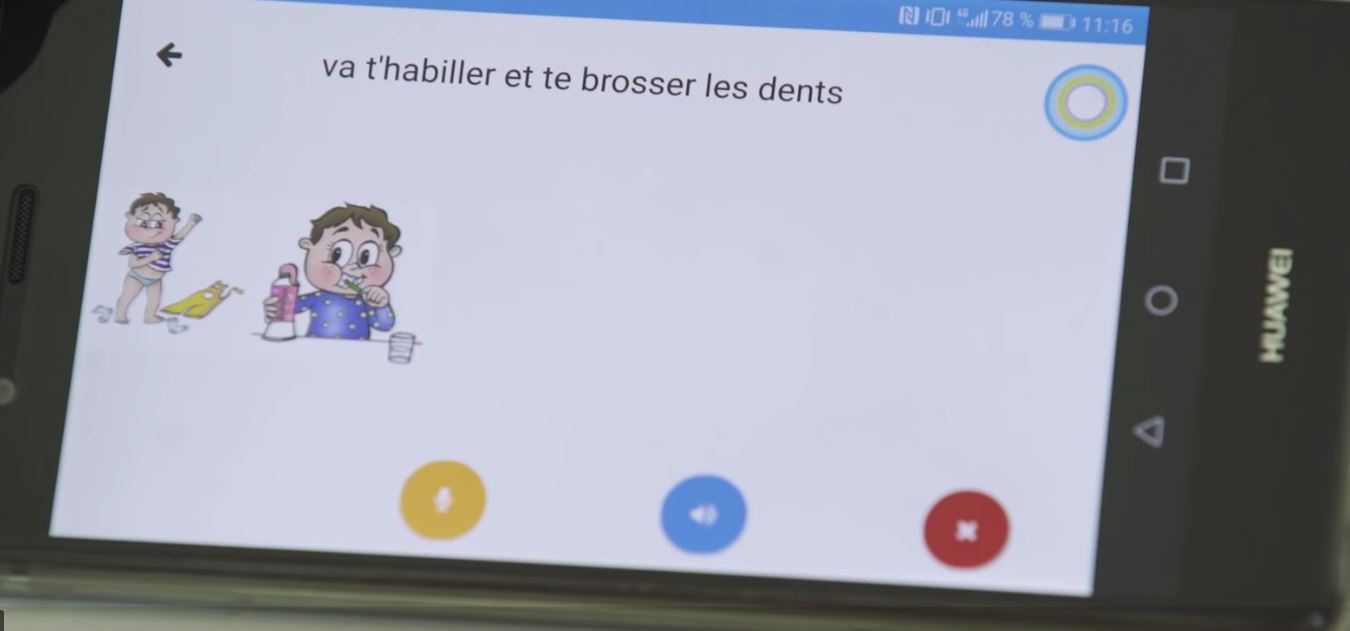Mobile app uses pictograms to help people with autism learn

A new mobile app aims to help people with autism spectrum disorders communicate better using a pictogram system, joining a crowded market for digital health tools helping people with the disorder to learn and interact with others.
The app, called Helpicto, which is available on tablet, PC and most mobile phones, uses artificial intelligence and syntax analysis to transform spoken language into pictograms.
There are a range of other apps aimed at people with autism and several use non-verbal communication – MyTalkTools already uses a similar system based on simple words, pictures, and sounds.
With Helpicto, voices are transformed into pictures, which allow users to understand messages, in order to help the child’s learning process.
The French company Equadex has launched the product, which was on show at the Consumer Electronics Show earlier this month in Las Vegas. Helpicto works using touch-screen technology for ease of use.
Helpicto already has a bank of 3,000 pictograms, which can also be personalised, through photos taken of everyday objects and family memories.
The app also registers in its memory the routine of everyday activities to help the user be more independent, helping with activities such as getting dressed and going to bed.
These behaviours are reinforced through a series of pictograms in a predefined sequence – the first pictogram corresponds to the first stage of the event, which is read aloud through speech synthesis.
The pictogram does not change until the step is completed, and images in the sequence can be customised.
Franck Depaillat, director of innovative programs at Equadex, added that the app could help people with autism with social interactions.
He said: “Some people with autism do not necessarily respect the “correct” distance and want to embrace everybody, regardless if the person is a close relative or not. With Helpicto we can explain that to them.”
Already being used by more than 600 patients, the app is part of Microsoft’s AI for Accessibility programme and will be available in English in the coming weeks.













